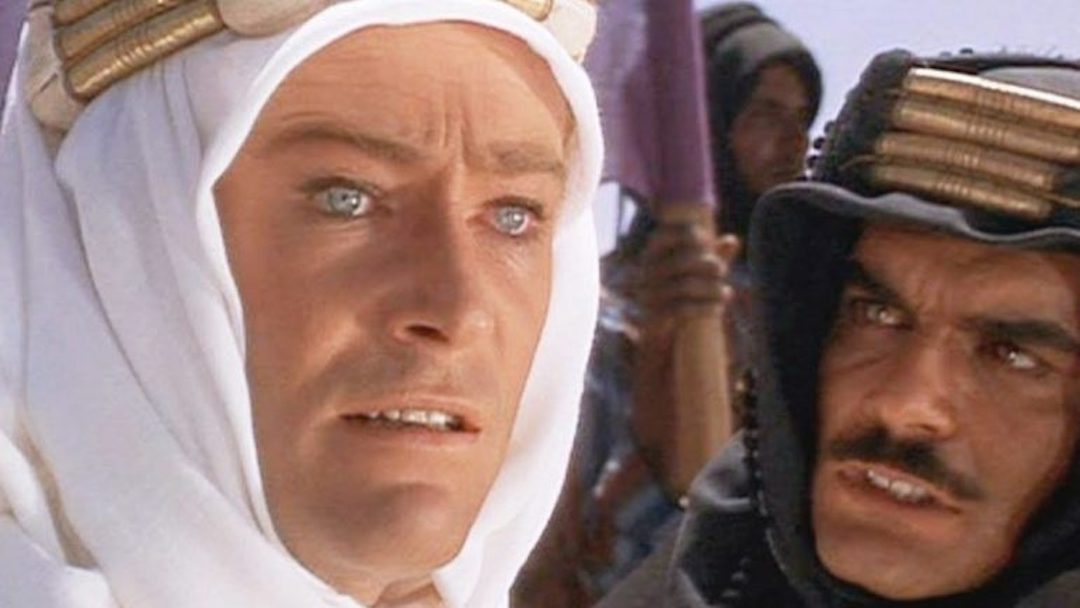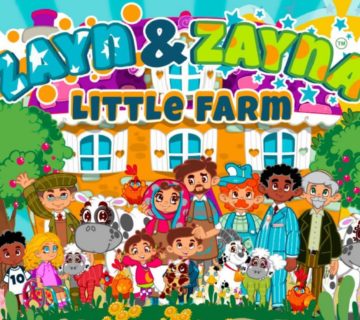Redressing the balance: How to combat the white saviour trope in a meaningful way
I’m feeling nostalgic for films depicting Britain’s victorious achievements. Laurence of Arabia is beautiful isn’t it? It fills you with pride. Put aside your misgivings about an untrained Oxbridge graduate leading a foreign revolutionary army through the impassable Negev desert to slaughter the Turks. Instead, focus on the music and the sight of Peter O’Toole swaddled in Arabian robes riding a camel through the desert. I feel inspired. Perhaps with some rudimentary military preparation, I too could enlighten the Middle East with my western attitude?
Welcome to one of the finest celluloid examples of the white saviour film. As defined by sociologist Matthew W Hughey in his book of the same name, the white saviour narrative is usually based on a true story and involves a non-white character or community being saved from danger through the sacrifices made by a white hero protagonist. The danger in the plot may arise from discrimination which threatens physical harm, a prejudiced legal system, or extreme poverty, but it will always ignore the fact that the central conflict itself has been brought about by white supremacy. Essentially it’s the white saviour’s people who have put the BAME characters at a disadvantage in the first place.
To combat racial discrimination in filmmaking, this perspective needs to change. So what do we do? What should our new approach be? Gone with the Wind was removed from its OTT platform temporarily in response to protests and recognition that its romanticising of the past was making a statement about black servitude being acceptable. When it was reinstated on the platform, it had an additional hour-long Q&A intro with a diverse panel of experts about the film’s legacy and a disclaimer that the film denies the horrors of slavery.
Is this the best we can do? Is this really enough? Should we re-release Green Book with a prologue that warns the viewer that the makers of the film fully accept people of colour do not need white people to teach them how to have a good time? Do viewers of Indiana Jones need to be told beforehand that the crudely drawn racial stereotypes depicted in the film should cause offence and not a sense of pride in the West? Or perhaps we can add a disclaimer before the opening credits of the films Three Kings and Million Dollar Arm that acknowledge the fact that racially diverse sports teams are capable of incredible wins without having to rely on a white coach to get them to the final?
One of the biggest problems with all of these films is that they involve white writers creating black and brown narratives. More diverse writing teams are needed. And it’s not just racial stereotypes that are the problem either. PT Barnum famously made his fortune off the back of the disabled performers he employed. The Greatest Showman, which glorified his life, was a huge Box Office hit. With one hand, it offered the idea that PT Barnum was a deplorable individual, who sought to profit from ‘freaks’, but with the other, the whole concept of ‘freak shows’ was made sweeter for the white liberal elite, by showing just how much he cared for his employees. Some might suggest that if Barnum’s performing acts had not been taken from obscurity and made into the objects of ridicule and hatred that they were, then Barnum would not have had reason to save them from the deliberately-started fire that threatened their lives.
It could be argued that these films, with their stealthy dose of prejudice, are actually more harmful than films which depict unapologetically cartoon-like stereotypes. They’re designed to make a white liberal audience feel good about themselves; that they’re doing their bit for racial equality; that the problem of racism is solved. They often depict a black narrative, but not a black POV and have little regard for the community they’re representing. The characters of colour are often under-developed, subservient, or simply secondary to the main action, with their primary goal being to help support the white hero achieve his or her goal. An often quoted example of this is in Oscar award-winning The Help, which is the story of how a white journalist enabled black women to get their stories published.
In some instances, the agenda of the white saviour film is not just misjudged, but also highly unsavoury. Laurence of Arabia helped conceal to the masses that the real reason why the Middle East was so viciously carved up by its invaders was because of European Royal grievances and spoils of war on an unprecedented scale. It’s well documented that Constantinople was home to one of the world’s most distinguished civilisations, so it was going to take one hell of a theme song to persuade a western audience that Lawrence made their lives better. But it worked! However, now that we’re older and wiser, isn’t it time we made films that depict the brutality and destruction caused by Lawrence and his hero contemporaries; films that show the lives, culture and societies that were irreparably damaged?
Not convinced? Think this film and others like it were ‘of its time’? Then consider this: Imagine vulnerable post Brexit Britain eventually came under the jurisdiction of Moscow or Beijing at the cost of many UK lives. Would we ever come round to the idea we had been civilised? Would we ever look at grandiose depictions and thank our invaders for giving us a superior society and political system?
Recent #BlackLivesMatter movements have caused statues of racial oppressors to topple and I would like to appeal to filmmakers that now it’s time to address historic whitewashed cinematic agendas, spread knowledge and provide the other half of the story. Let’s just tell the truth for once. It’s the only way to end the hate and divisions that have been created by glamorised epic films which have falsified history for glory.
read more: https://www.raindance.org/redressing-the-balance-how-to-combat-the-white-saviour-trope-in-a-meaningful-way/




